By Thomas Haymes
By the end of the second day visibility was reduced to almost zero. Burning hulks of everything from ME-109s to M3 “Honey” tanks, Panzer IIIHs, and trucks of all descriptions littered the battleground that was once an airfield. The desert floor had been pulverized into a dust that just hung in the air, further reducing visibility. It was a scene out of Dante’s Inferno, and yet thousands of men and vehicles continued to be drawn to this stretch of the North African desert like moths to a flame.
In a campaign that had hitherto been unique for its lack of fixed geographic points, the airfield at Sidi Rezegh had become the gateway to the besieged fortress of Tobruk. Whichever side held it in force would, in theory, be able to determine whether that siege would be maintained or broken. In reality, though, events miles away would determine the outcome of the three-week battle known as Crusader, and yet for days forces were sent into the meat grinder that the former airfield had become.
This is the story of a fixed point on the sea of the North African desert. It is significant because in actions on or within a few miles of the landing strip, British armor doctrine was soundly defeated time and again by the combined arms tactics of the Germans. Ultimately, however, forces unrelated to the actual combat on the field forced the victors at Sidi Rezegh to retreat. Up to then General Erwin Rommel, commander of Panzergruppe Afrika, had been the master of the attack. When the attack ultimately failed him, Sidi Rezegh became one of the first places from which he was to demonstrate his mastery of the strategic retreat. Before that could happen, however, hundreds of British tanks and dozens of German panzers—as well as thousands of men—would die within sight of the little dirt airstrip.
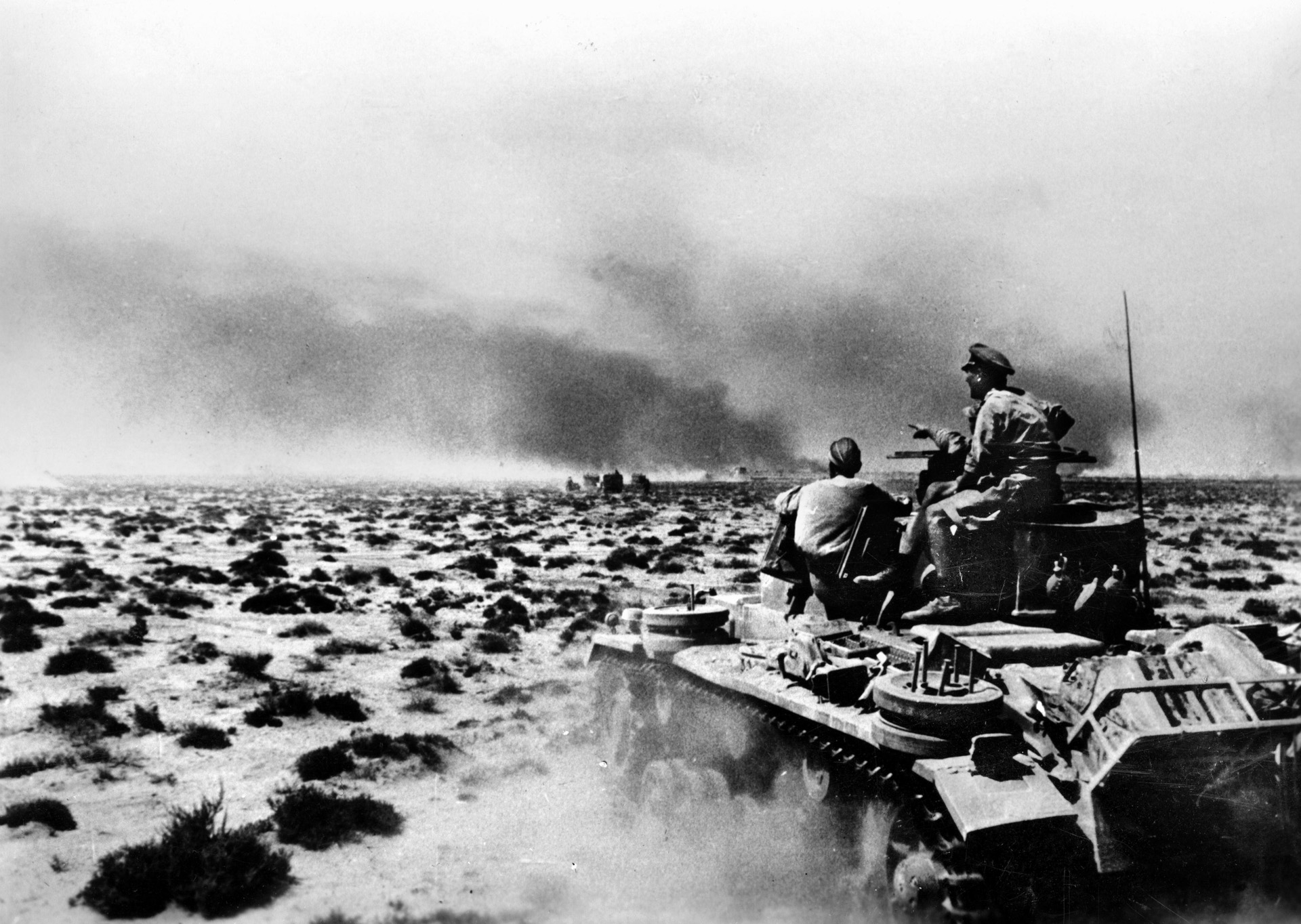
the Libyan desert near Tobruk became a killing ground for men and machines in November 1941.
Rommel’s tactical acumen enabled his forces to initially outmaneuver the British while conducting a strategic withdrawal. Here a
German panzer heads toward black smoke that marks where British tanks have been knocked out.
Thousands Would Die Within Sight of the Airstrip
Sidi Rezegh had been built by the Axis as a forward airbase to assist in their defense of Western Libya. Its most recent occupants were elements of the Luftwaffe that had occupied the field since shortly after Rommel’s successful counteroffensive of April 1941. The primary function of the forces stationed there was to support the efforts of the besiegers of the fortress of Tobruk, whose perimeter lay only a dozen or so miles north of the field.
In late November 1941 this role suddenly changed as Sidi Rezegh became a focal point for the British attempt to force an end to the siege of Tobruk. Any aircraft that could fly were hastily dispersed to other Axis airfields. The remainder were caught on the ground and captured or destroyed by the surprise arrival of the 7th Armored Brigade with its Mark IVA Cruiser tanks on November 19. With the 7th Armored Brigade was the divisional support group of artillery and antitank guns, which immediately began to dig in under the shadow of the escarpment that overlooked the southern part of the airfield. The 7th Support, as it was known, was commanded by Brigadier “Jock” Campbell, who was to win the Victoria Cross for his subsequent actions in the battle.
The 7th Armored Brigade, part of the 7th Armored Division of the Eighth Army, crossed the frontier wire from Egypt during the night of November 18. The “Desert Rats” of the 7th were to be the armored fist of the attacking British forces trying to break the siege of Tobruk. The division consisted of over 400 tanks—more than the stock of the entire Deutsche Afrika Korps (DAK). Most of it moved in a wide, flanking movement south of the main German and Italian dispositions. Its specific aim was to neutralize and destroy the German armor so that forces advancing along the coast road, the Via Balbia, could relieve the besieged garrison of Tobruk. As Maj. Gen. William “Strafer” Gott, commander of the Desert Rats, summed up his mission before Operation Crusader, “This will be a tank commander’s battle. No tank commander will go far wrong if he places his gun within hitting range of the enemy.”
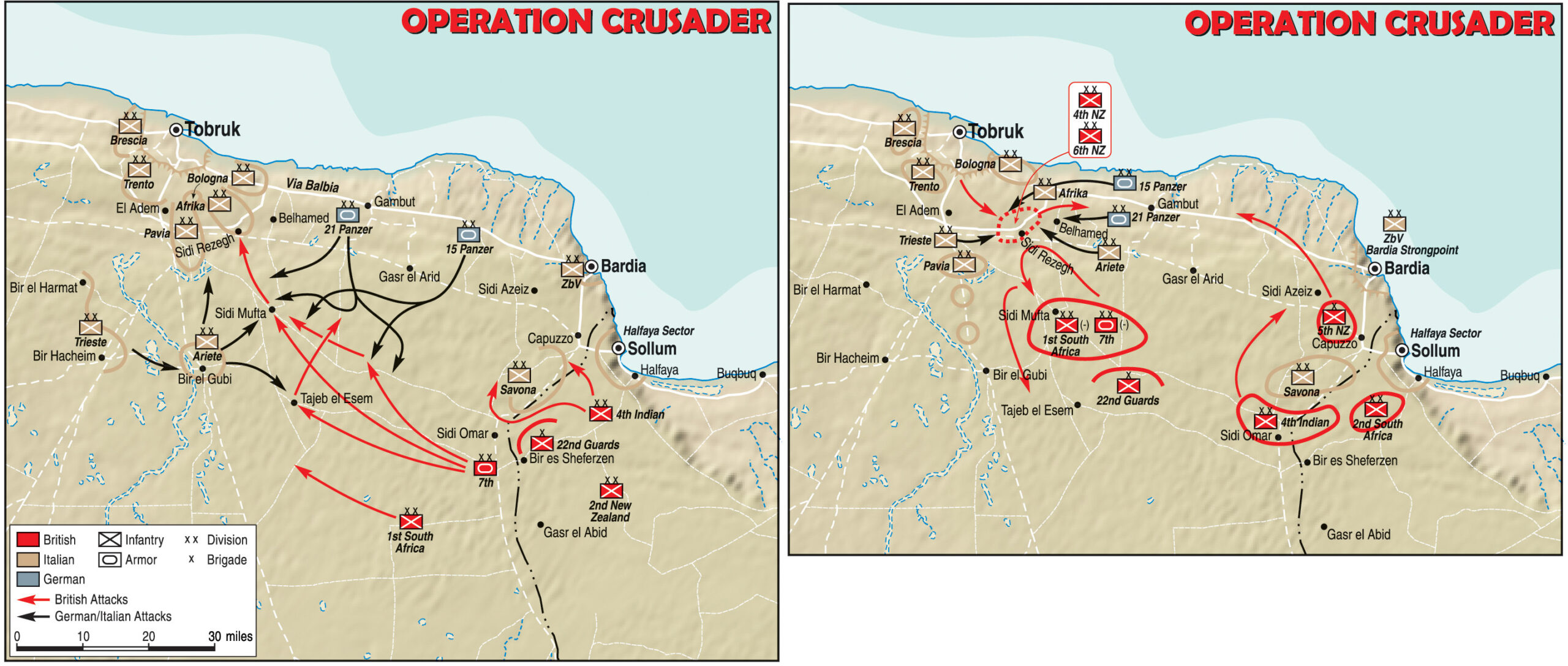 Operation Crusader: Heavy Armor Battle
Operation Crusader: Heavy Armor Battle
The plan was to lure the Afrika Korps into a massive armored battle in the middle of the desert dozens of miles south of Tobruk near a spot called Gabr Saleh. Rommel, focused on his impending attack on the Tobruk garrison, refused to believe reports of a large British force advancing in the south and held his armored forces close to Tobruk. Eventually, General Ludwig Crüwell, commander of the Afrika Korps, prevailed upon Rommel to send his two divisions to the south, and on November 19 the 15th and 21st Panzer Divisions rumbled south in search of the British. It was too late—the British had already dispersed their forces.
When Rommel had failed to take the bait and come south to engage the main British armored forces, Lt. Gen. Alan Cunningham, commander of the Eighth Army, had gone looking for him instead. Consequently, the 22nd Armored Brigade, one of the three brigades of the 7th Armored Division, ran into the Italian Ariete Division at a small desert outpost called Bir Gubi and became engaged in a firefight there, losing 25 of their 136 tanks. The 4th Armored Brigade, the third brigade in the 7th, had been farther to the north, ordered to protect the flank of the infantry forces moving along the Via Balbia and Trigh Capuzzo (an unpaved desert track running south of Tobruk). Gott therefore instructed the forces he had left, which were the 7th Armored Brigade and the divisional support group of artillery and antitank guns, to take Sidi Rezegh airfield. The 4th and 22nd Brigades would follow as soon as possible in order to meet the expected reaction of the missing German armor to the fall of the airfield, which was only a dozen miles from the backs of the besiegers around Tobruk.
The fall of the airfield at Sidi Rezegh served as a wake-up call for General Erwin Rommel. He was in the final stages of planning an assault to break the siege of Tobruk. Initially, he looked upon the British moves to the south as merely a raid or reconnaissance in force. While Crüwell’s move south missed engaging the main strength of the 7th Division—as the British hoped and intended—his forces did skirmish with elements of the 4th Armored Brigade, with the British losing 23 tanks to the Germans’ three. More importantly, the Germans retained possession of the battlefield and were able to salvage their losses.
Rommel’s Artillery Opens Fire on the Airfield
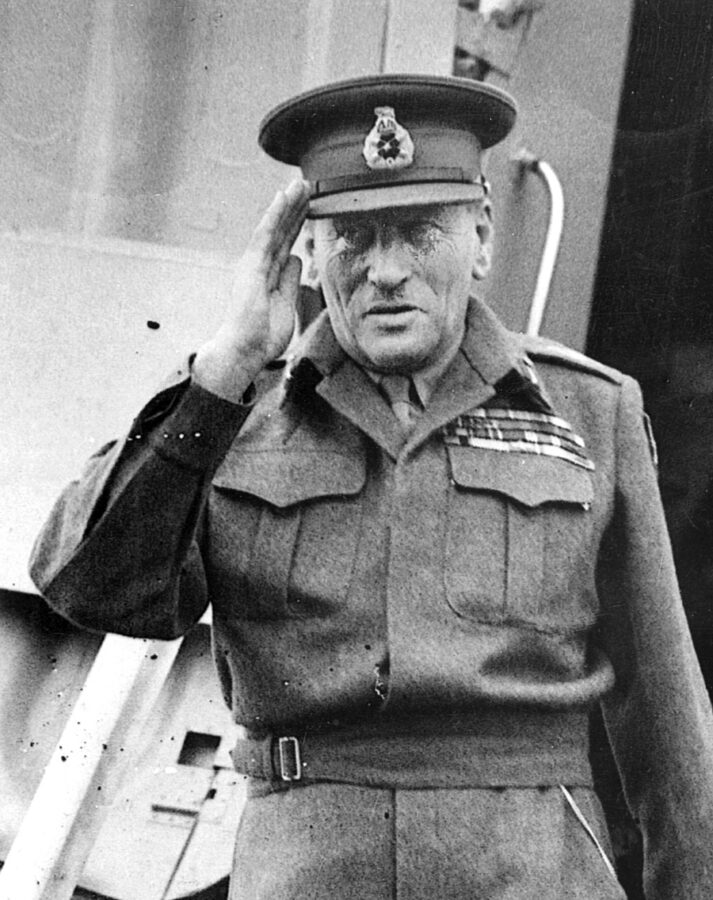
On the evening of November 20, Rommel ascended the hill at Belhamed, which overlooked Sidi Rezegh on the one side and the British siege lines around Tobruk on the other, and became concerned about the large armored force that was apparently digging in at the airfield. He immediately issued instructions to Crüwell to break off contact with whatever forces he was engaging and to hasten to the airfield in an overnight march. This came none too soon because the Afrika Division, soon to be renamed the 90th Light, suddenly found itself pressed on both sides on the morning of November 21 as it attempted to hold the line between the 70th British Division attacking from Tobruk and the 7th Armored Brigade and Support Group pressing up from the airfield.
Rommel ordered his artillery stationed on Belhamed Hill to fire on the airfield in an attempt to slow down the attacking forces. He also personally took command of an antitank screen that was to be decisive in holding the line between the Tobruk defenders and the attackers coming from Sidi Rezegh. One British armored regiment, the 6th Royal Tank, was decimated when it attempted to charge a battery of 88mm dual-purpose guns between the airfield and the Tobruk defenders. The other two regiments were preparing a new attack when dust clouds in the south signaled the arrival of the armored divisions of the Afrika Korps.
As the 7th Armored Brigade turned to meet them, its commander, Brigadier G.M.O. Davey, committed a cardinal error by sending only part of his remaining armored force against the approaching German armor. One regiment of Crusaders attempted to hold off two divisions of Panzer IIIs and IVs while the final regiment in the brigade was ordered to hold position on the airfield as a reserve.
Strategic Errors Lead to High Casualties for the British
By making this kind of move, Davey further compounded the error of 8th Army Command by even further dividing British armored forces. This kind of penny-packet strategy was to cost the British dearly in tanks and lives. The 15th and 21st Armored Divisions of the Afrika Korps merely brushed aside the British Cruiser tanks of the 7th Hussar Regiment as they met them in the open desert. German antitank guns wiped them out before they could even engage the panzers. This attack exemplified the German strategy of saving their armor and letting antitank guns do the lion’s share of the antiarmor work. Between the abortive attack on the Afrika Division and this engagement, two-thirds of the 7th Armored Brigade was decimated without destroying, or even engaging, a single German tank.
The Germans now turned their attention to the 2nd Royal Tank Regiment waiting on the airfield. The remainder of the 7th Armored Brigade was nearly annihilated as it made its stand on the airfield. By the end of the day the 7th was down to fewer than 10 running tanks and the Support Group was forced into a precarious defensive position in the lee of the southern escarpment. Ironically, if the tanks of the 7th Brigade had made a defensive stand with their antitank guns they might have had a better chance against the German onslaught. Instead, the dozens of tanks lost by the 7th became the first victims of Sidi Rezegh.
That afternoon, as members of the Support Group dug in against the drive of the German armor, their commander, Brigadier “Jock” Campbell, frantically raced around the field trying to rally his men to hold on until relief could arrive. After the destruction of the 7th Armored Brigade, however, the German panzers turned their attention to the Support Group and severely mauled it, although the British were able to take out several panzers in the ensuing melee. These losses, coupled with the need to resupply and refuel, forced Crüwell to order his forces to withdraw for the evening. Because of this action, the remnants of the Support Group and the few remaining tanks of the 7th Armored Brigade were able to hold on to the airfield, but only just.
Crisp Suddenly Found Himself Facing “70” Panzers

On November 22, the Germans launched a three-pronged attack on the British forces holding the western edge of the airfield. Elements of the 21st Panzer Division attacked the remains of the armor and the Support Group on the airfield, while elements of the Afrika Division attempted to clear the escarpments. Panzer Regiment 5 surprised the defenders at the airfield and destroyed much of the remaining armor in addition to waging a fierce battle with the antitank gunners of the Support Group.
Scattered units of the 4th Armored Brigade began to appear on the battlefield. Brigadier Campbell commandeered whatever forces turned up and led them to the edge of the field to engage the advancing Panzer Regiment 5. One of these units was a group of two M3 Stuart “Honey” tanks led by Lieutenant Robert Crisp. They followed Campbell’s staff car as it raced across the field under heavy shellfire, and Crisp suddenly found himself facing “70” panzers advancing from the east. To make matters worse, Crisp had already lost the other remaining tank in his troop when its driver was killed and it careened wildly around the airfield at full throttle.
Ignoring the odds, Campbell waved and drove off to find other reinforcements. Crisp engaged the panzers as long as he could, but was forced to pull back. He didn’t make it back to the escarpment—his tank caught fire and he and his crew were forced to bail out.
All of this time Crisp had been calling for the remainder of the 4th Brigade to join him on the field, but they got lost in the swirling dust and smoke at the bottom of the escarpment and never engaged the attacking panzers. The 4th was never able to truly regroup after this point because the 15th Panzer Division overran their command post laager during the night, resulting in the capture of dozens of vehicles as well as most of the brigade staff.
In the fading light of the afternoon, the 22nd Armored Brigade appeared on the scene and charged across the airfield—right into the waiting German antitank gunners. Campbell once again climbed into his staff car and led the tanks of the 22nd Brigade into one charge after another. The result was another slaughter of British tanks, dozens of which now blazed upon the airfield. By the end of the day, the 22nd Armored Brigade was down to 34 tanks and was no longer an effective fighting force. With the 4th Armored Brigade scattered, the commanders on the scene recognized that their position was becoming untenable and withdrew across the southern escarpment under heavy pressure. Sidi Rezegh had now claimed more than two-thirds of the 7th Armored Division at little cost to the Germans.
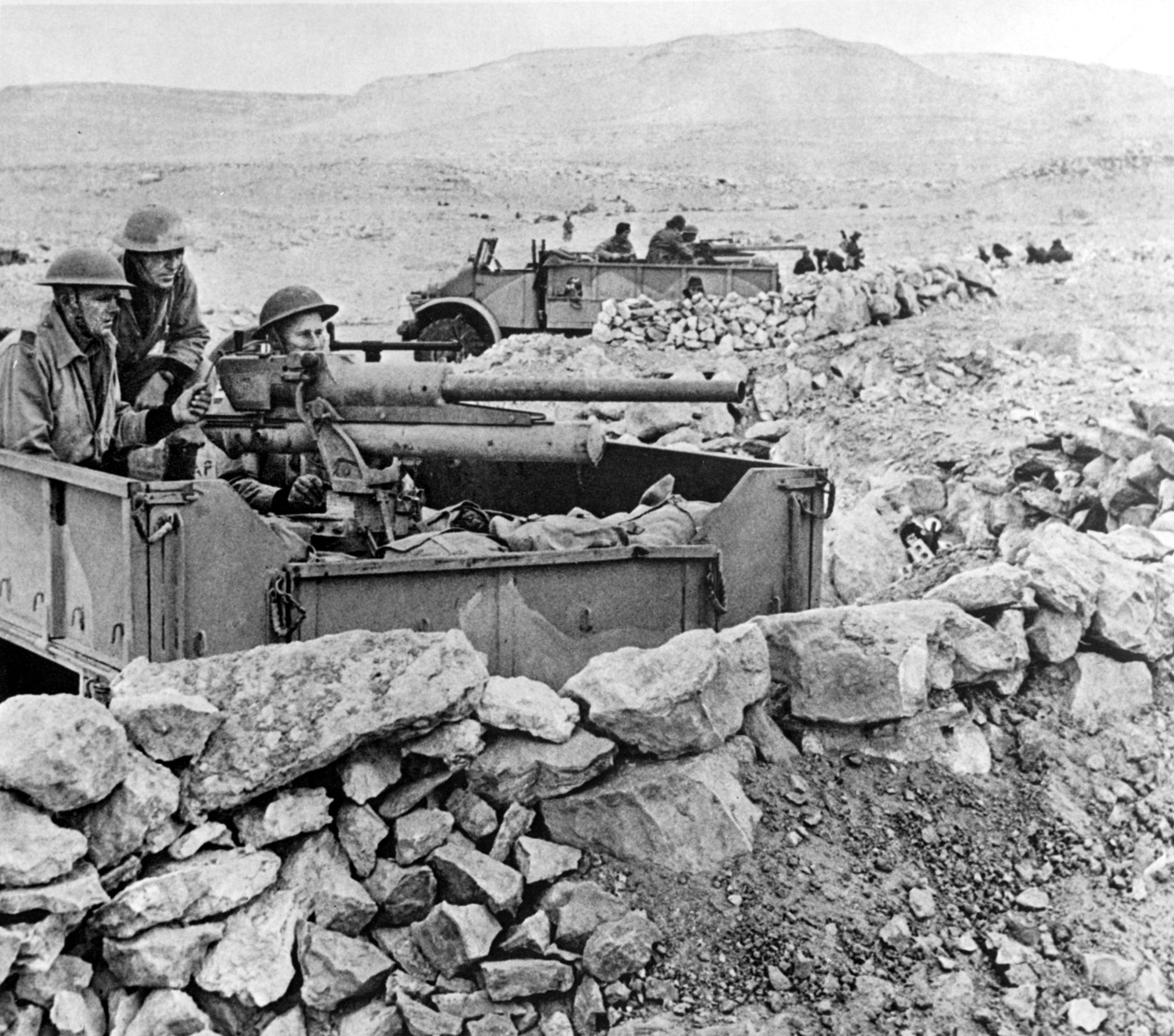
German’s Regain Full Control of the Airfield
Recognizing the precariousness of the forces attempting to hold the airfield, General Gott ordered the remnants of the 7th Support Group and 7th Armored Brigade to withdraw into the positions of the 5th South African Brigade, which was forming a defensive box south of the airfield. By dusk the airfield was once again fully under German control.
The next day, November 23, called “Totensonntag” by the Germans in honor of the dead of World War I, the action shifted a scant few miles to the south of the airfield and the South African box which also held most of the remnants of the 7th Armored Division brigades that had been mauled on the airfield. Rommel wanted to bypass this box and instead focus on the British forces farther to the south—hoping to catch them in a pincer movement with the Italian Ariete Division advancing from the southwest. General Crüwell ignored these orders and instead flung his two panzer divisions against the South Africans.
Up until this point, losses among the German panzers had been light. A few had been lost skirmishing with the British armor south of Sidi Rezegh on November 20, and some had been destroyed in the final attack on the airfield, but the two divisions of the Afrika Korps could still count better than 160 panzers between them. Crüwell mounted all of his forces—even keeping the infantry in their trucks until the last possible moment—and charged them straight at the South Africans. Despite a withering defensive fire, the vastly superior numbers of the German forces overwhelmed the box and effectively destroyed the 2nd South African Brigade. Some measure of revenge, however, was attained for the previous day’s mauling of the British armor as the Germans lost 72 panzers in this attack.
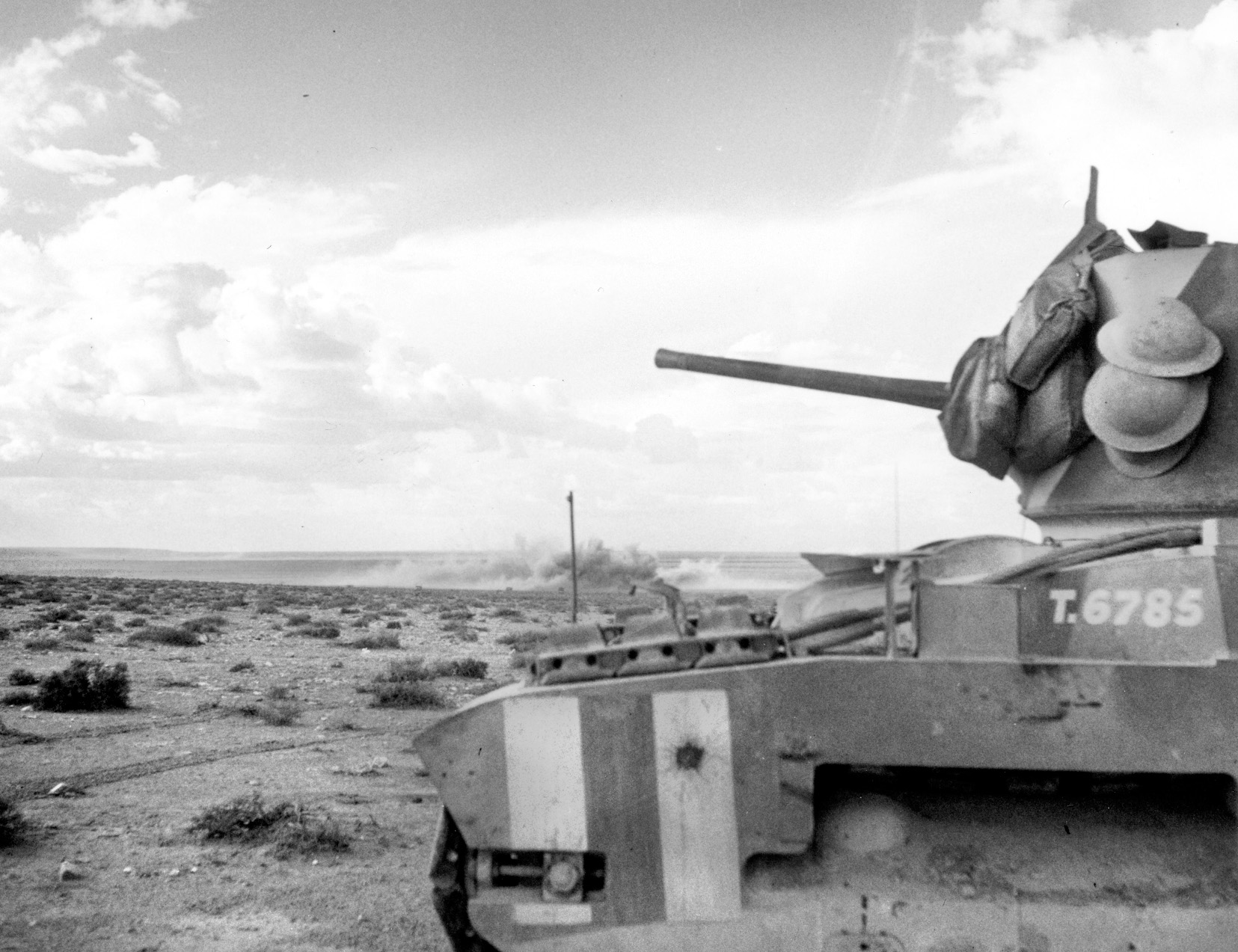
Germans Face Lack of Reserves and Dwindling Supplies
It was this kind of loss that ultimately proved fatal to the German efforts to hold off the British. Even though the Brits lost over 300 tanks around Sidi Rezegh in the three days of the battle for the airfield, they were able to replace many from reserves; the Germans had no reserves to speak of. Indeed, at the beginning of December Rommel was informed that he would not be receiving any supplies whatsoever for at least a month.
Rommel was completely unaware of Crüwell’s attack until after it had happened. On November 23, communications started to become a serious problem for the Germans. One of the main reasons was the capture of the Afrika Korps headquarters that morning by the 1st New Zealand Division advancing from the east. Rommel was to remain blissfully unaware of this Kiwi formation for several days. Instead, he rallied the two German panzer divisions on Monday, November 24, and sent them in a wide sweeping motion toward Egypt, that is, away from Sidi Rezegh and Tobruk. These forces would be largely out of contact for four critical days.
Meanwhile, the 1st New Zealand Division, which had captured the Afrika Korps HQ, advanced toward Sidi Rezegh north of the German forces sweeping in the opposite direction. This division boasted 133 heavy infantry tanks, slow-moving Matildas and Valentines. On the evening of November 25 this force attacked the Italian and German defenders who now held the airfield. The Italian Bersagli Regiment held out on the escarpment over the airfield despite repeated attacks by the New Zealand 6th Brigade, but was eventually forced to withdraw westward.
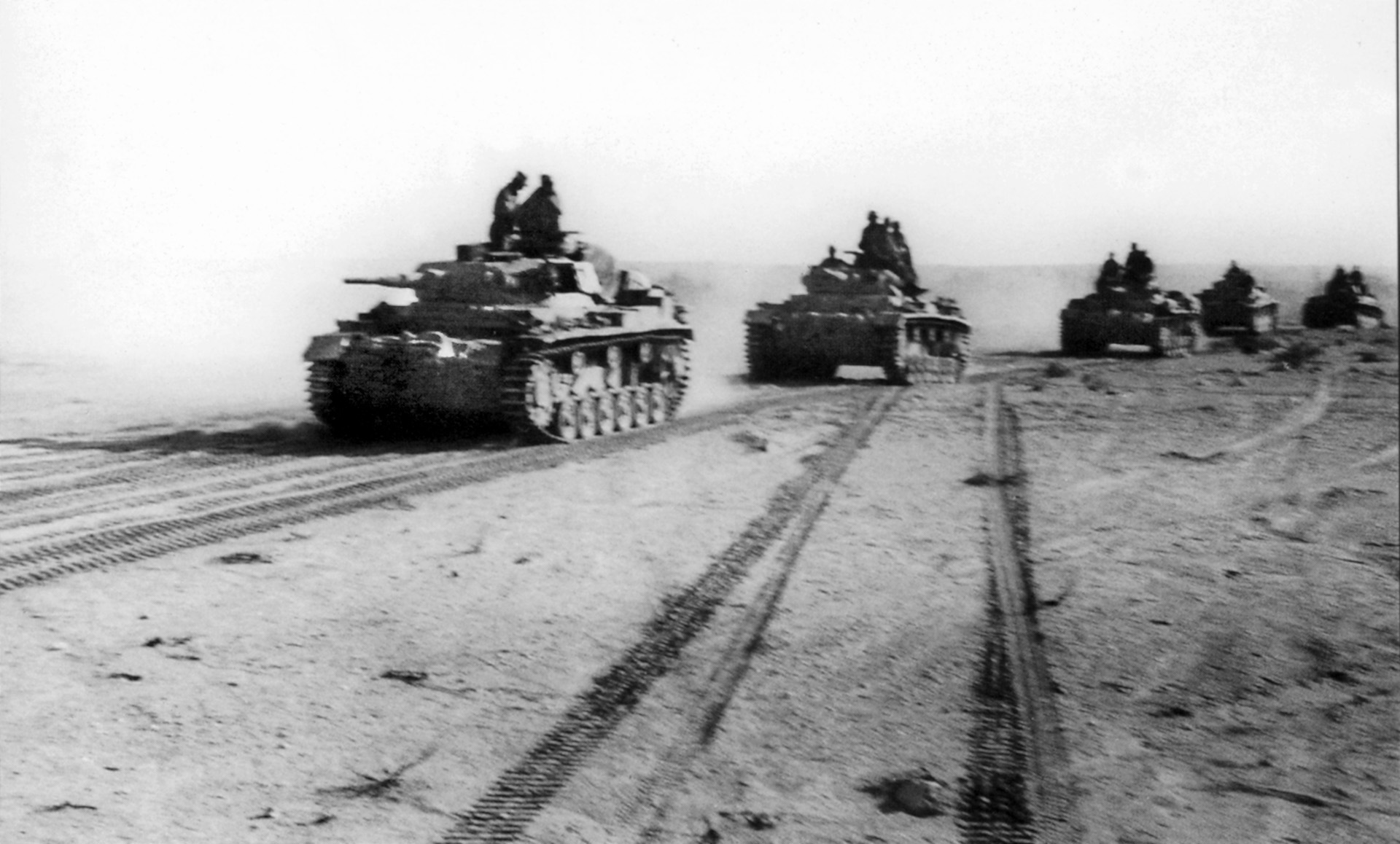
British Troops Rest and Bolster Tank Forces
More important to the British, part of the 1st New Zealand Division managed to link up with the Tobruk garrison on El Duda Hill the following day. The New Zealanders dug in at the airfield to keep the corridor to Tobruk open against the expected return of the Afrika Korps armor.
Given a respite from the battle, the scattered elements of the 7th Armored Division began to reform to the south of Sidi Rezegh. The various brigades were brought up to a strength of more than 130 tanks within a few days from the enormous stocks of replacement vehicles in Egypt.
While these British reinforcements were coming up, the 15th and 21st Panzer Divisions were chasing around the Egyptian frontier attempting to panic the British into a general withdrawal. But General Sir Claude Auchinleck, Commander-in-Chief in the Middle East, was not so easily panicked. Since he had relieved Cunningham on November 25 and had taken personal control of the battle, he had been decisive. He recognized that the critical area to be held was the corridor to Tobruk across the Sidi Rezegh airfield and accordingly ordered the New Zealanders to dig in and hold on.
It was not until November 29 that the Afrika Korps returned, exhausted from its foray into Egypt. Rommel finally recognized the danger that the New Zealanders presented to his position. His staff officers, operating independently while Rommel had essentially disappeared into the desert, had already started recalling elements of the two panzer divisions from the border to deal with the New Zealanders. By the 29th, Rommel and Crüwell had agreed that the threat at Sidi Rezegh had to be dealt with.
The German forces that attacked that day were far weaker than those that had attacked the previous week. After chasing around the Egyptian border for the better part of four days, the 21st Panzer Division was down to nine tanks and the 15th was down to 31 Panzer IIIs and IVs with an additional 12 light Panzer IIs. Thus the battle to dislodge the New Zealanders was first and foremost fought by the artillery, and Rommel concentrated almost his entire force of heavy guns on the positions of the hapless Kiwis. Only later did the panzer divisions advance to mop up the remnants of the force. By December 1, infantry battalions from the 15th Panzer Division managed to force the New Zealanders from Belhamed Hill where Rommel had directed the attack on the 7th Armored Division a little more than a week earlier. Once again Tobruk was encircled.
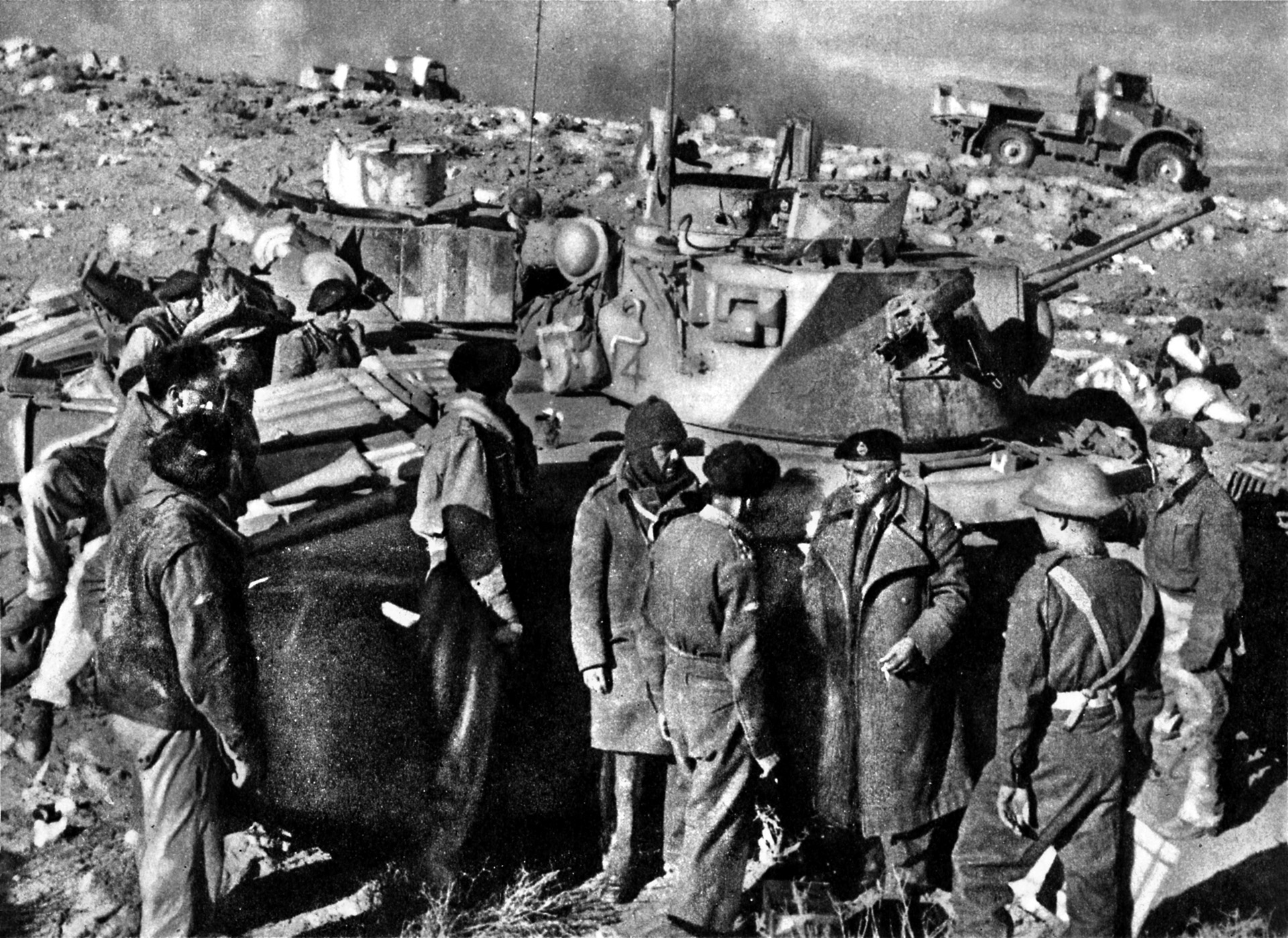
A Weakened Germany’s Unlikely Victory
Owing to lack of command coordination, superior British armored forces from the 7th Armored Division and the remainder of the South African Division failed to effectively intervene to save the New Zealanders. This force of British armor and South Africans, however, continued to pose a threat to Rommel’s severely weakened armored strength. More importantly, Rommel’s fuel situation was becoming critical. The attack on the New Zealanders was to prove the last act in the battle over the battered airstrip at Sidi Rezegh. Despite heavy odds against them, the Germans won it. Again the British had failed to coordinate their armor with infantry forces in a defensive fight.
By the time they took the airfield this final time, the Germans were a spent force. Despite having destroyed hundreds of British tanks, the Afrika Korps had lost the vast majority of its own panzers. On December 4, the Italians informed Rommel that those losses would not be made good for over a month—if then—because of the difficulty of getting supplies across the Mediterranean. Ultimately, the British were able to bring their strength up to several hundred tanks while Rommel’s tanks could be counted in the dozens. More critical was the lack of ammunition and fuel to power the forces he did have left. It was this attrition that ultimately forced the Germans to abandon the airfield south of Tobruk, where they had won every major armored engagement over the previous three weeks. Rommel ordered the withdrawal of all forces east of Tobruk and the abandonment of the siege.
The Desert Fox would not return for another six months, but then he finally did take Tobruk—only to lose it again following the battle of attrition with Montgomery at El Alamein, which took place less than a year after the Crusader battles of late fall 1941. The battles around Sidi Rezegh, when taken with the Gazala battles fought in the same region six months later, however, demonstrate the height of German tactical superiority in armored conflict and the use of combined arms. This was a lesson not fully learned by the Allies until the battles in France almost three years later.
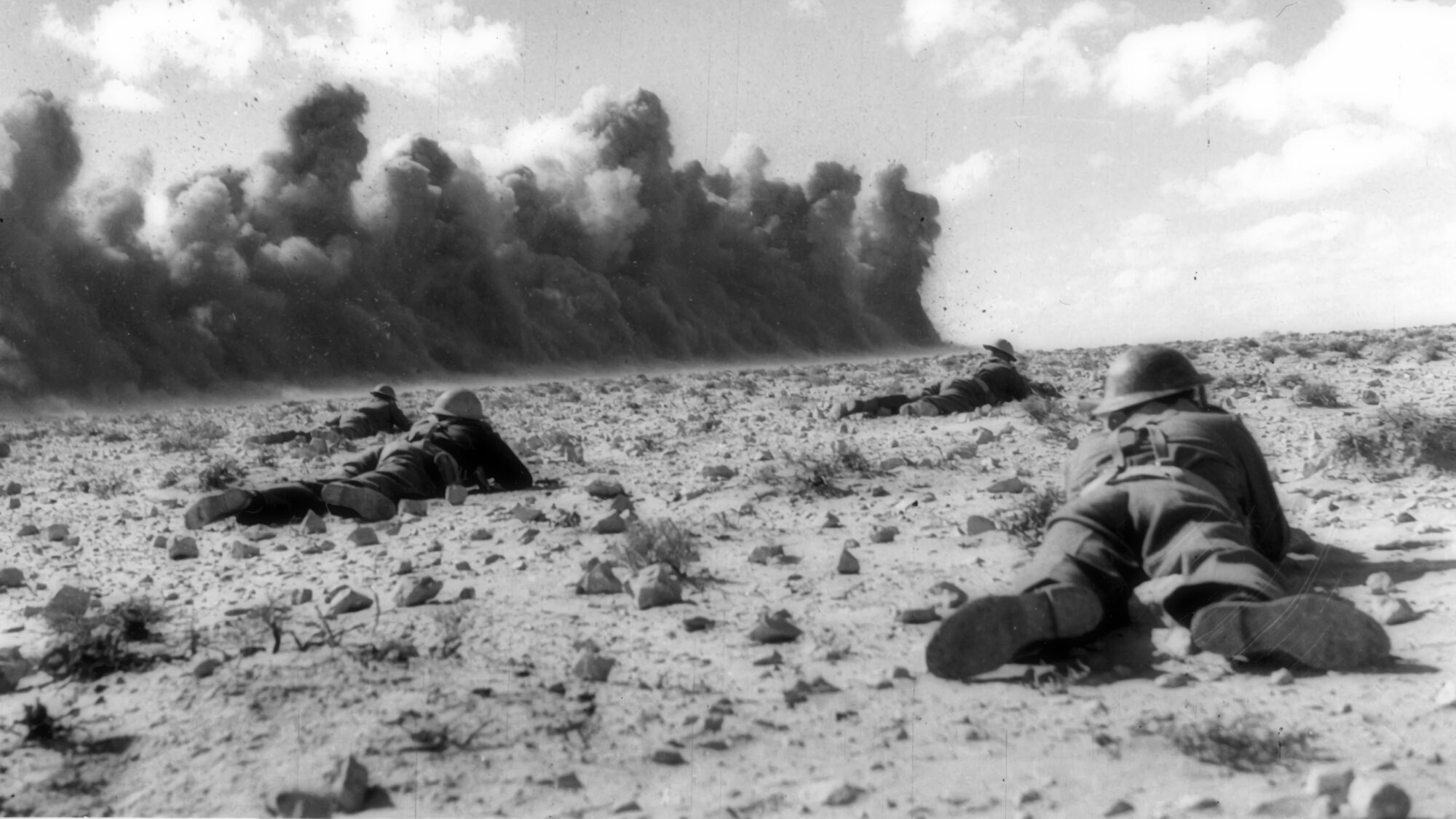

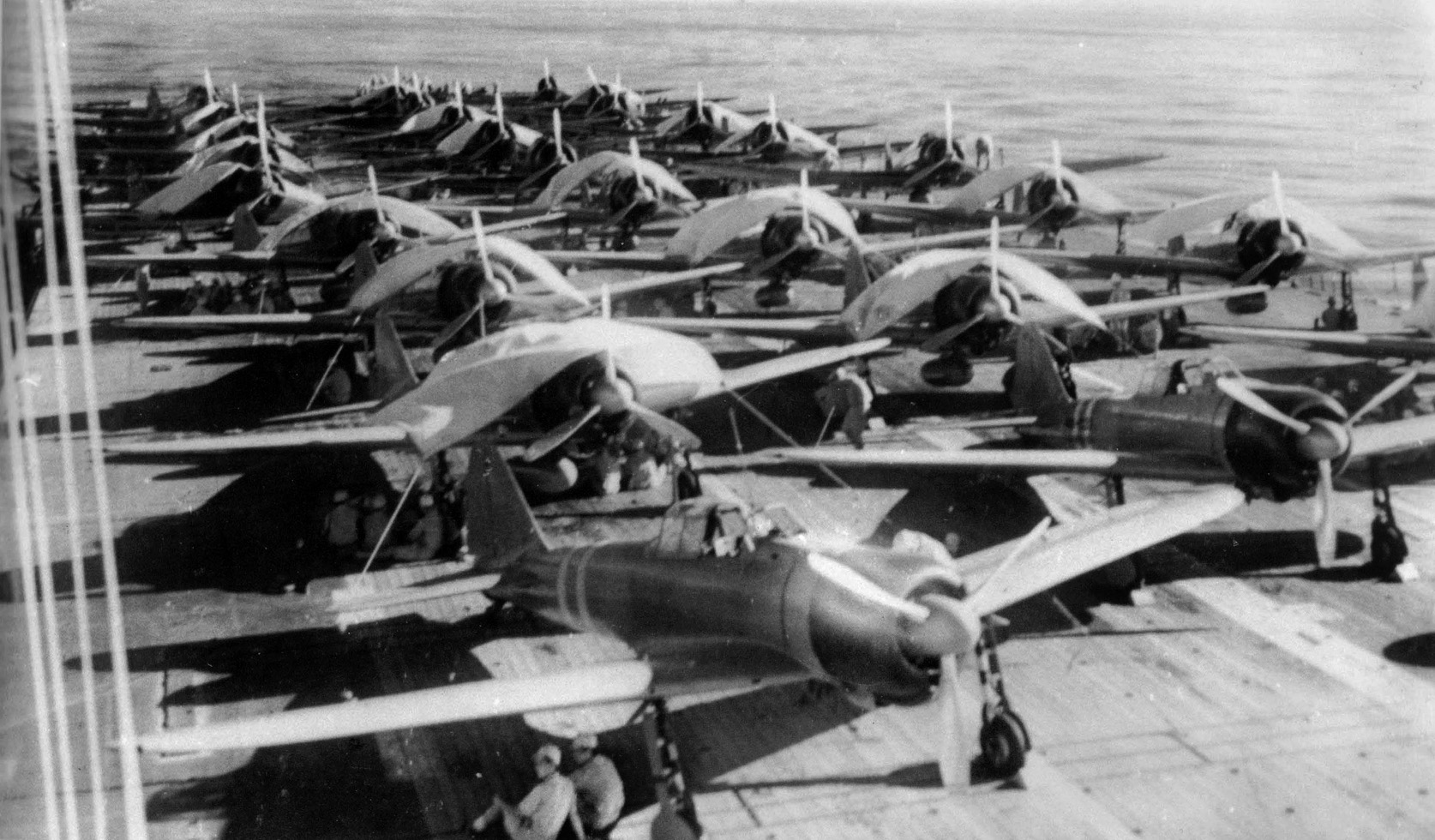
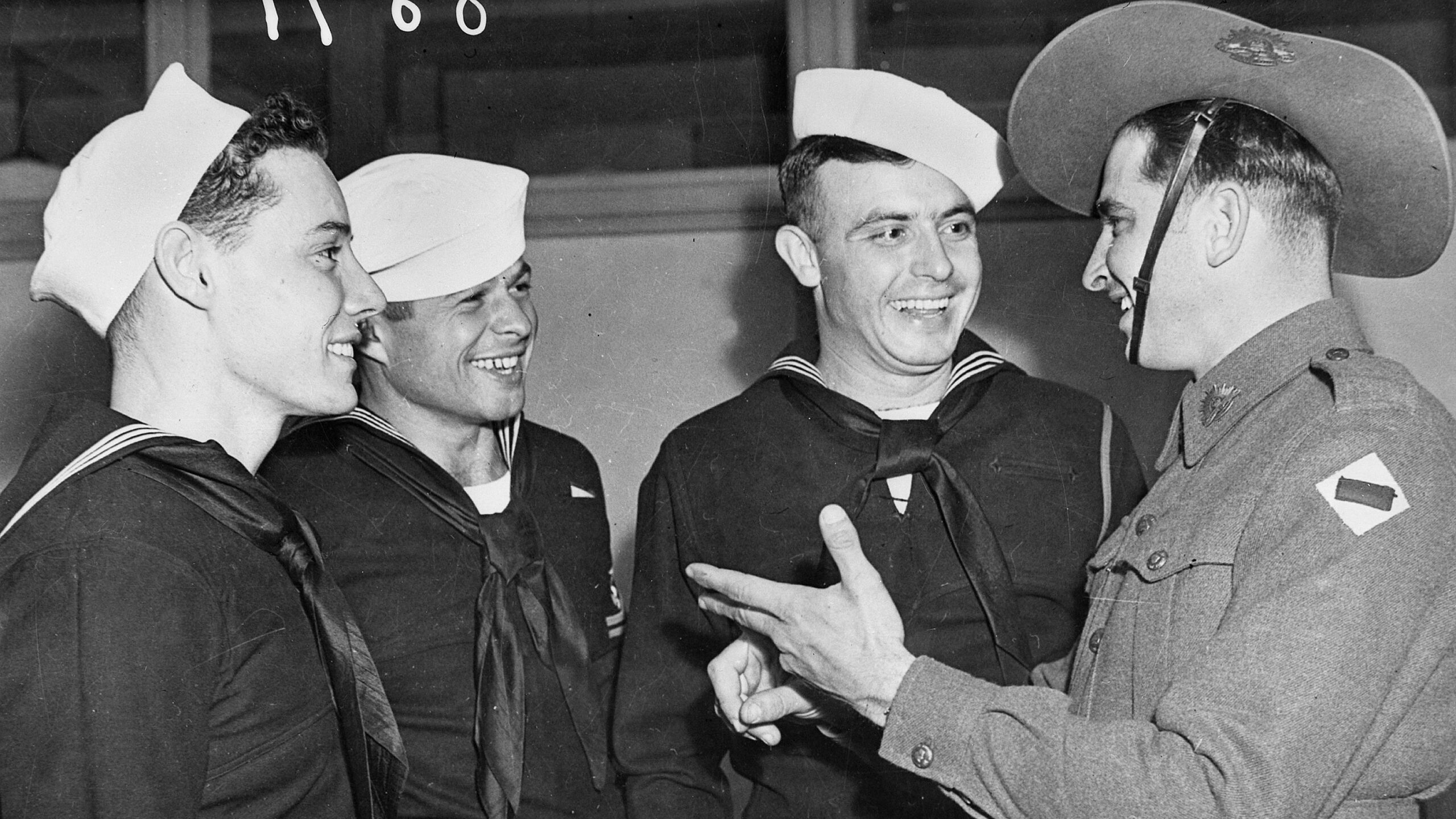
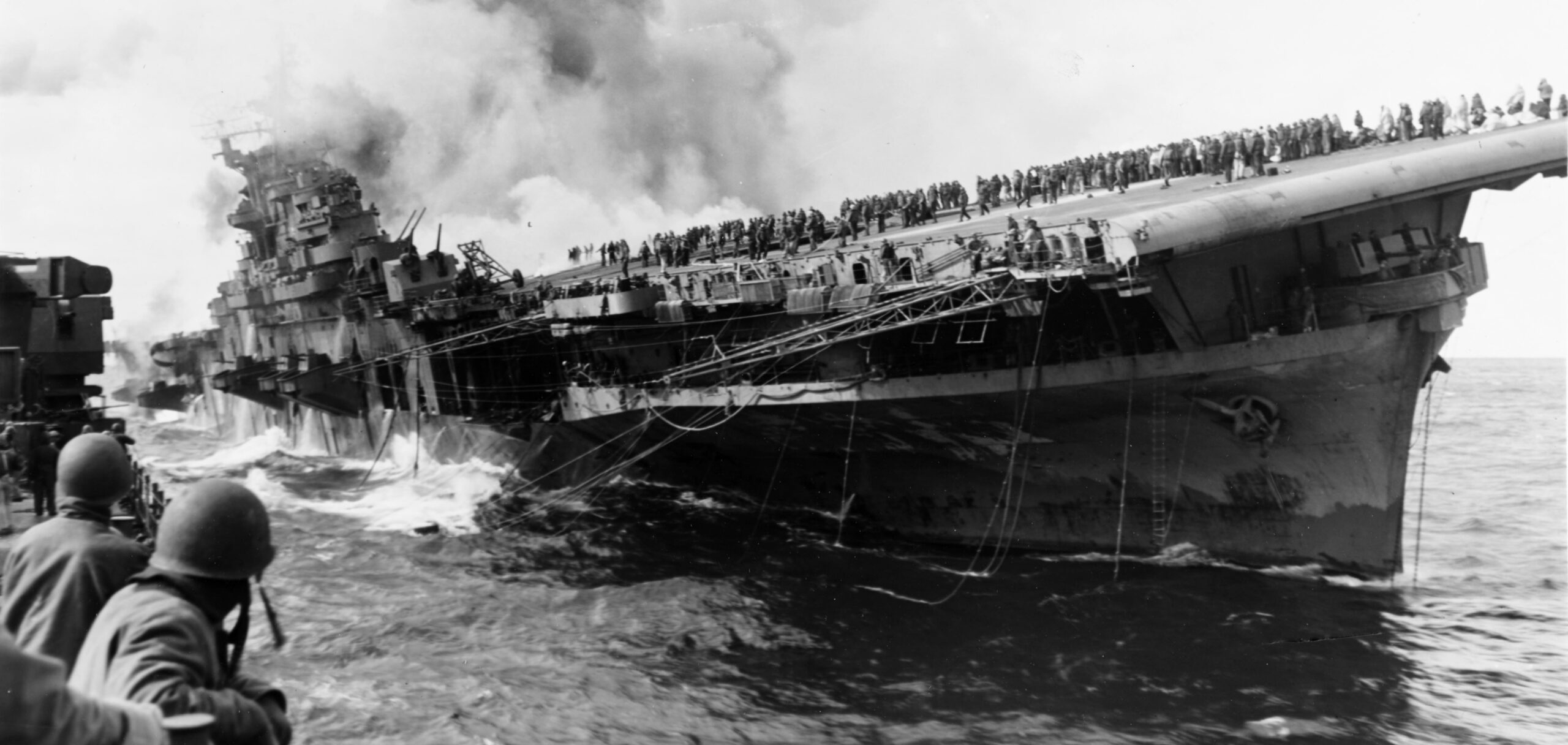
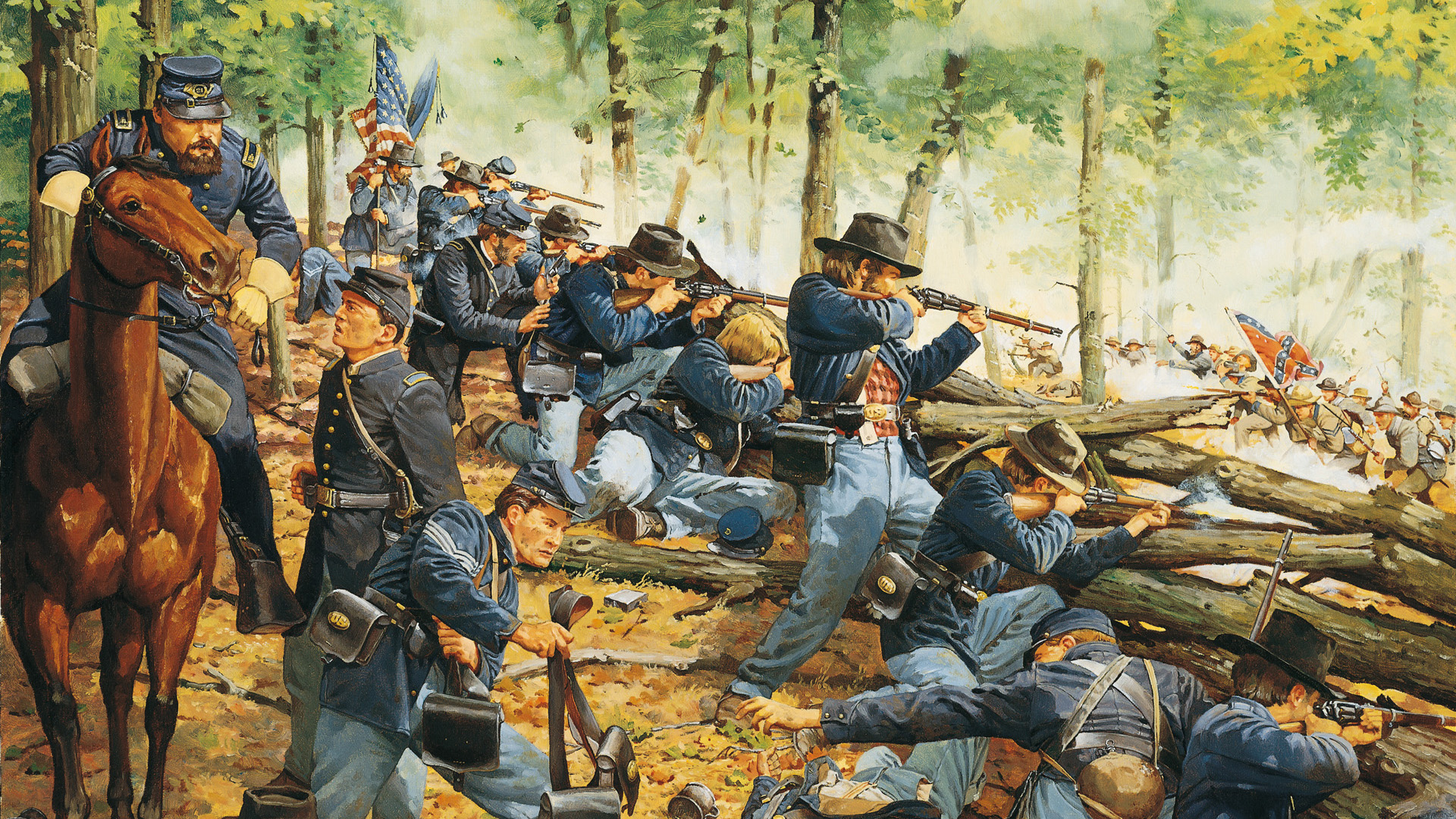

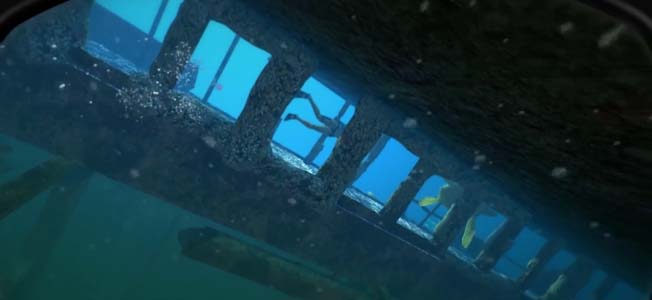
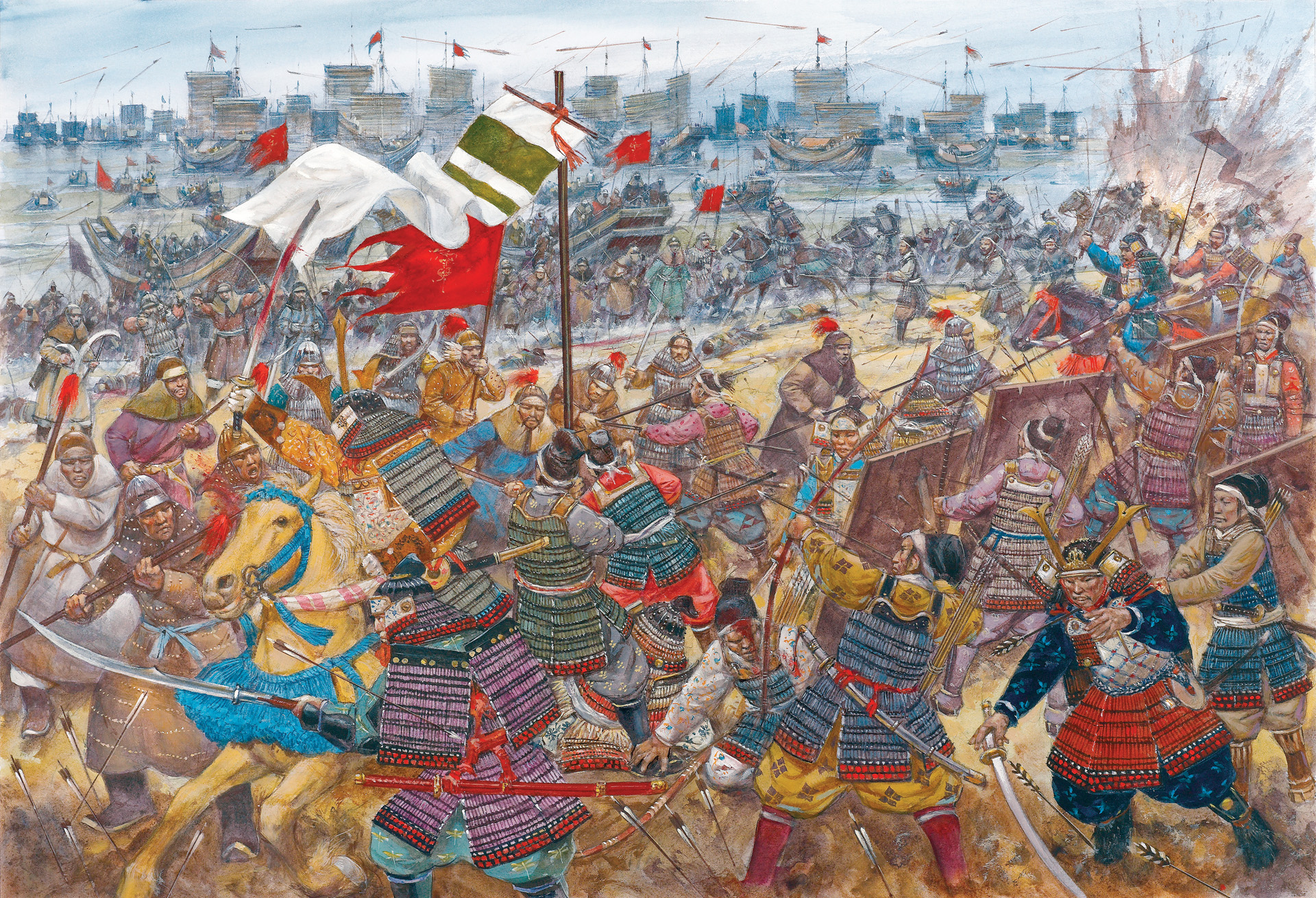
Join The Conversation
Comments
View All Comments